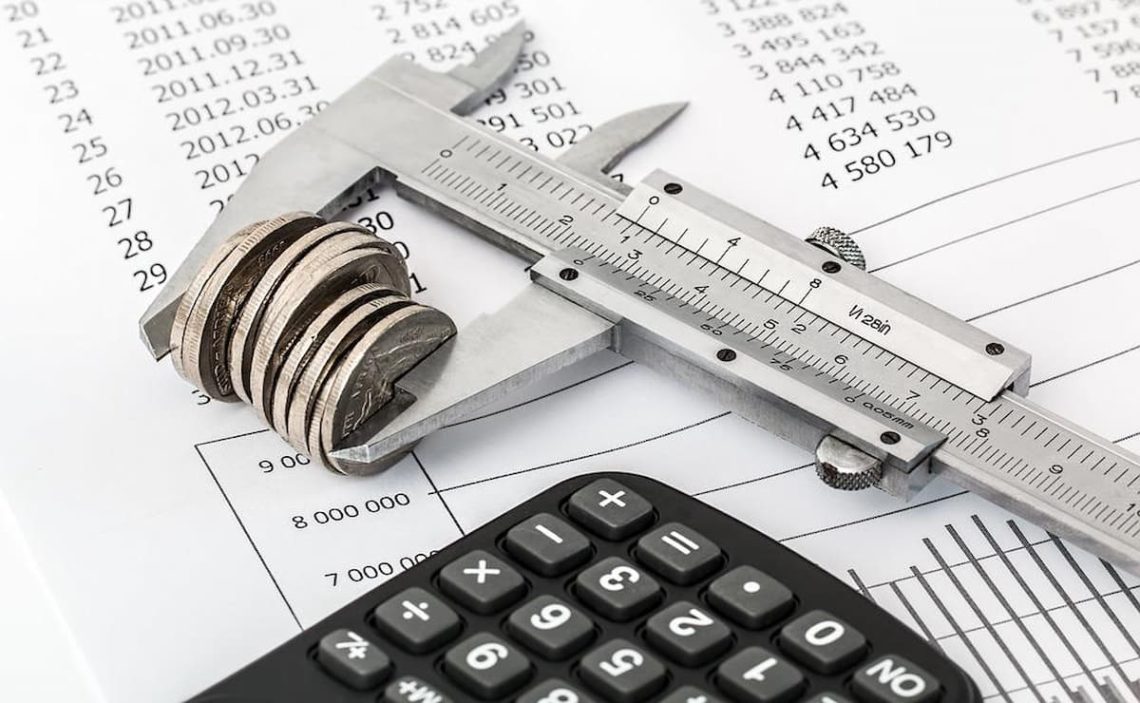The opportunity cost is an economic principle that can be applied to different areas and actions. Its application in business planning is very common. It is also common in personal financial decisions.
Let’s try to better understand what the opportunity cost is, how it is calculated, in which cases it can apply, and how to determine it.
What is Opportunity cost?
Opportunity cost is the name given to the values or benefits to be foregone when choosing a specific action or strategy.
To better understand this, the analogy of comparing opportunity cost to a crossroads is often used. You can choose different options at a crossroads, but one may be the right path and the other derivative or even wrong.
Choosing one path or another will have the cost of the benefits you could have obtained if you had selected it over the other options (in this case, paths).
Actually, a broad trend considers that opportunity cost can be applied to any area of life. That can include decisions such as purchasing a house or a car or even other choices such as having children or the appropriate number of children concerning the family.
All of these calculations will take into account the future value of money. It does not directly relate to what is gained in the investment, but also, through opportunity cost, it evaluates other options that could be employed for using that money.
How opportunity cost is applied
As we have indicated, opportunity costs can be applied in many areas. We will try to show some examples to make them easier to understand.
In fact, since we can apply it to any area of life, it is easy to simplify this analysis. In this way, it will be easier to understand. For example, here are some situations in which opportunity cost can be applied and analyzed:
- Decide where to use a gift card, with two or three different options to redeem it
- Decide whether you prefer to eat out every day or make your food at home and use the money you save by not paying at the restaurant in a savings account
- Decide, within the company, whether it is worth the capital investment to upgrade equipment or facilities or increase employee training
As we can see, these are a series of examples that are very easy to understand. In each of these possible situations, decisions must be made in which it is impossible to take different paths simultaneously.
On many occasions, the applications of opportunity costs are located within the business environment. However, as we can understand, they are also very useful for personal finance.
Is there any formula or calculation system?
One of the most common ways of calculating the opportunity cost is using the so-called opportunity cost equation. That is not a formula applied to specific programs or systems, so we must often apply it manually or directly.
The calculation considers some tangible aspects, but sometimes intangible elements must also be valued.
We could say that the opportunity cost formula would be based on the following: the opportunity cost is equal to the return on the most profitable investment option minus the return on the investment that has been chosen.
Make no mistake, the concepts are simple, but their application can be complex.
In many cases, we must make these decisions based on predictions of the possible results of different choices. For this reason, it is usually recommended that opportunity cost calculations be made on figures as close to reality as possible.
An example of the application of opportunity cost in a company could be the following. A company may choose between manufacturing an average-cost product by creating 100 U for $800. On the other hand, the same company may create a high-cost product with an output of 50 U at $1200.
In this case, the opportunity cost would be $2000. For this, the following calculation would be made:
The most profitable investment would be to sell the 100 products for $800 to obtain a revenue of $80,000. From this, we must subtract the income from selling 50 products for $1200, which would mean an income of $60,000. Therefore, the opportunity cost would be $20,000.
That is the calculation, but other aspects also come into play here, such as product demand—the marketing volume, etc.


